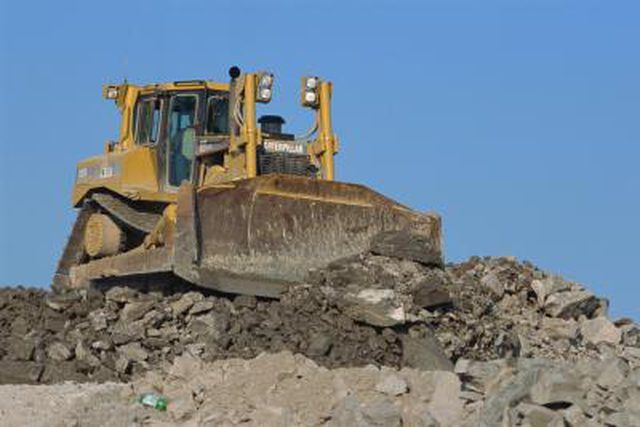Bulbs
Flower Basics
Flower Beds & Specialty Gardens
Flower Garden
Garden Furniture
Garden Gnomes
Garden Seeds
Garden Sheds
Garden Statues
Garden Tools & Supplies
Gardening Basics
Green & Organic
Groundcovers & Vines
Growing Annuals
Growing Basil
Growing Beans
Growing Berries
Growing Blueberries
Growing Cactus
Growing Corn
Growing Cotton
Growing Edibles
Growing Flowers
Growing Garlic
Growing Grapes
Growing Grass
Growing Herbs
Growing Jasmine
Growing Mint
Growing Mushrooms
Orchids
Growing Peanuts
Growing Perennials
Growing Plants
Growing Rosemary
Growing Roses
Growing Strawberries
Growing Sunflowers
Growing Thyme
Growing Tomatoes
Growing Tulips
Growing Vegetables
Herb Basics
Herb Garden
Indoor Growing
Landscaping Basics
Landscaping Patios
Landscaping Plants
Landscaping Shrubs
Landscaping Trees
Landscaping Walks & Pathways
Lawn Basics
Lawn Maintenance
Lawn Mowers
Lawn Ornaments
Lawn Planting
Lawn Tools
Outdoor Growing
Overall Landscape Planning
Pests, Weeds & Problems
Plant Basics
Rock Garden
Rose Garden
Shrubs
Soil
Specialty Gardens
Trees
Vegetable Garden
Yard Maintenance
How to Grade Uneven Land
How to Grade Uneven Land. Uneven land can be unwanted for a variety of reasons. For farmers, it creates irrigation problems since water runs away from peaks and accumulates in valleys. For homeowners, it can simply make mowing the lawn a miserable process, or affect the aesthetics of a view from the kitchen window. Whatever the case, grading the...

Uneven land can be unwanted for a variety of reasons. For farmers, it creates irrigation problems since water runs away from peaks and accumulates in valleys. For homeowners, it can simply make mowing the lawn a miserable process, or affect the aesthetics of a view from the kitchen window. Whatever the case, grading the land is simple. The difficulty comes in accurately assessing any problems that might arise as a result of your project.
Things You'll Need
Small to medium-size bulldozer
Wait for at least one heavy rain before beginning your project. You'll need an opportunity to evaluate the behavior of your lawn and how the drainage process takes place. Farmers looking to improve irrigation can disregard this step, but homeowners need to be aware if a certain mound or hill is preventing accumulated water from seeping into a basement, neighbor's lawn etc.
Make plans before grading if any parts of the lawn do help manage water flow during wet seasons. Simple ditches should be dug at the same time that any land is graded if this is the case.
Use the bulldozer to remove layers of dirt from the yard or land in question. Unless a more elaborate landscaping plan is in place, this dirt should be sold or given away to landscape developers or other individuals in need of extra soil to prevent an unsightly mound in the yard or a hindrance to water drainage.
Avoid compacting the soil if at all possible. This most often occurs as a result of running the bulldozer back and forth over the same ground many times. Whether a farmer or homeowner, this creates a problem. Both grass and crops have trouble growing in compacted soil. Till up any soils that may have been compacted in the process.
Monitor yard drainage during the next heavy rain after the project is complete. If rivulets or puddles develop, you may want to consider implementing some secondary drainage features in the yard such as small, gravel-filled post holes or small trenches to control excess water.